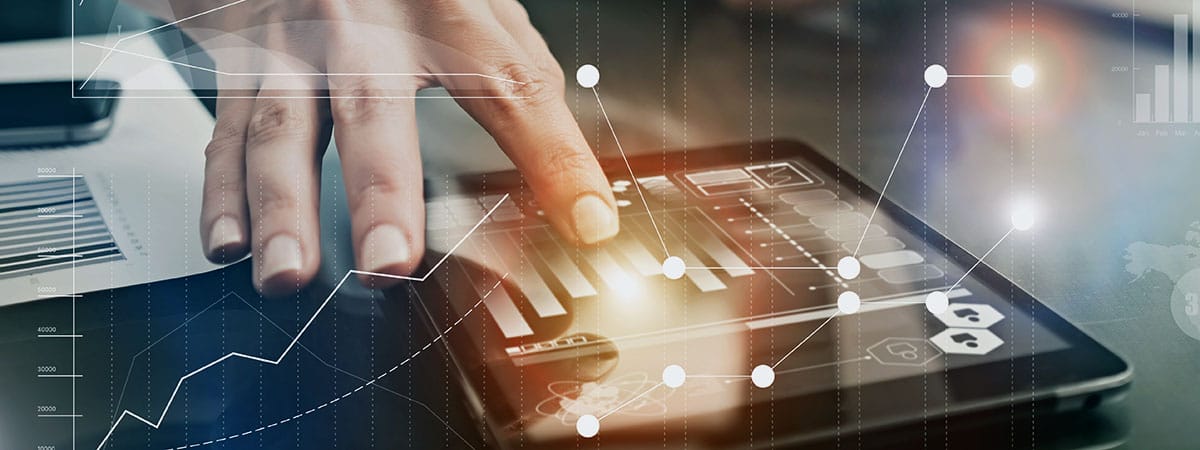Let’s go back to the summer of 1999. It was the summer of MATRIX, the movie that described a dystopian future, where machines had appropriated humanity through artificial intelligence.
The fact is that 23 years later, at the end of 2022, ChatGPT was introduced to society; an interface that allows you to interact with a “robot” that answers everything you ask or request. In fact, it was the first real and direct experience of many users with artificial intelligence. It is true that their answers can still be improved and that human beings can today offer a more reasoned and contextualized reply. However, artificial intelligence is favored by a very similar analytical capacity and is, undoubtedly, much faster. This would be just a preview of what awaits us in the coming years.
AI is revolutionizing the airline industry by improving operational efficiency, increasing safety, reducing costs and delivering improved experiences for both airlines and passengers.
From the information and news appearing sporadically in the media, we can deduce that progress of AI is taking place by leaps and bounds. In addition, the most uncertain thing for human beings is that we are talking about a silent giant, since we hardly have certainties about the actual state of technology or what fields that affect us daily it already covers.
The reality is that artificial intelligence is spreading to all industries, including aeronautics, still raising some questions and concerns generally linked to the lack of knowledge about its scope and control. Let’s try to analyze if it is a risk or if, as desirably, it is here to help us and become our collaborator.
First, in order to understand how it would revolutionize the industrial world, let us keep in mind that artificial intelligence analyzes data precisely to offer us a concrete answer. From here, there are endless possibilities on how this technology would make it easier to perform each specific task. From helping pilots during flight, offering a faster response on industrial processes, preventing failures in certain processes or reducing human error.
On a more strictly work-related level, artificial intelligence will undoubtedly cause job destruction. But just as it happened during the industrial revolution in the mid-18th century, there is a certainty that it will generate more employment. Of course, a large portion of these new jobs will require improving the qualifications of employees, which is always desirable from a socio-occupational point of view.
In the specific area of the aeronautical sector, artificial intelligence is playing an increasingly important role, transforming the way aircraft are designed, manufactured, maintained and operated. Let’s look at some key areas where AI is impacting this industry:
- Design and simulation: AI can help in creating more efficient and streamlined design models. Powered by machine learning algorithms, AI can analyze data and simulate different conditions to find optimal design solutions.
- Innovation: AI is used in the research and development of new materials, technologies and systems that drive innovation in the aerospace industry.
- Predictive maintenance: AI is used to analyze real-time sensor data from aircraft and predict when technical problems are likely to occur. This enables proactive maintenance and reduces unplanned downtime.
- Detection of anomalies in real time: AI can identify anomalous behavior in aircraft systems in real time, helping to prevent accidents and improve safety.
- Aircraft inspection and maintenance: Drones equipped with computer vision systems and AI algorithms can autonomously inspect aircraft structures for damage or wear.
- Pilot training: AI is used in advanced flight simulators to train pilots in a variety of situations and scenarios, including emergencies. This improves pilot safety and preparation.
- Human – machine interaction: Cockpit automation and assistance systems benefit from AI to provide and analyze information in real time, make decisions and assist pilots in critical situations.
- Optimization of routes and operations: Airlines use AI to optimize flight routes, air traffic management and flight scheduling. This helps reduce fuel consumption, minimize delays and improve overall efficiency.
- Air traffic control: Air traffic management is also being optimized using AI to efficiently coordinate and direct flights, especially in areas with congested traffic.
- Customization of customer experience: Airlines can use AI to analyze passenger preferences and behavior and offer personalized services, from seat selection to in-flight entertainment options.
Overall, AI is revolutionizing the airline industry by improving operational efficiency, increasing safety, reducing costs and delivering improved experiences for both airlines and passengers.
We must also keep in mind that there are some applications of AI in aeronautics that require social acceptance by users, whether they are industry workers, pilots or passengers, among others. That would be the turning point of this revolution. As knowledge about technology increases, its benefits become more evident, and as the number of detractors and fearers decreases, its acceptance will be a fact.
We are accustomed to the fact that both head and heart usually intervene in human decision-making. It is true that in the case of the use of artificial intelligence it would be as if we were only using our heads… although with an infinitely greater capacity and with incomparable speed. But let’s not lose sight of the fact that human beings must ultimately always be there to apply a little heart and soul whenever decision-making requires it. Or, at least, it would be desirable.



